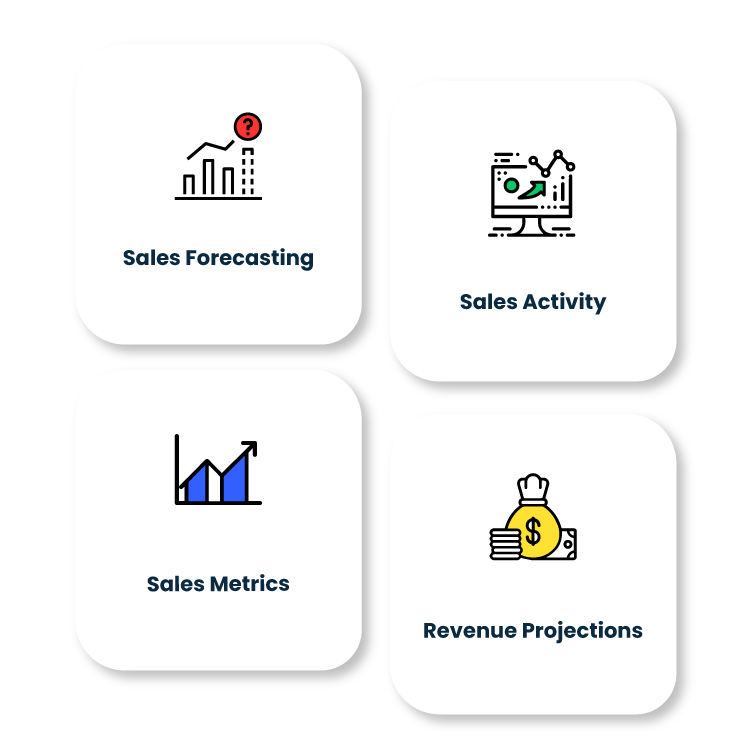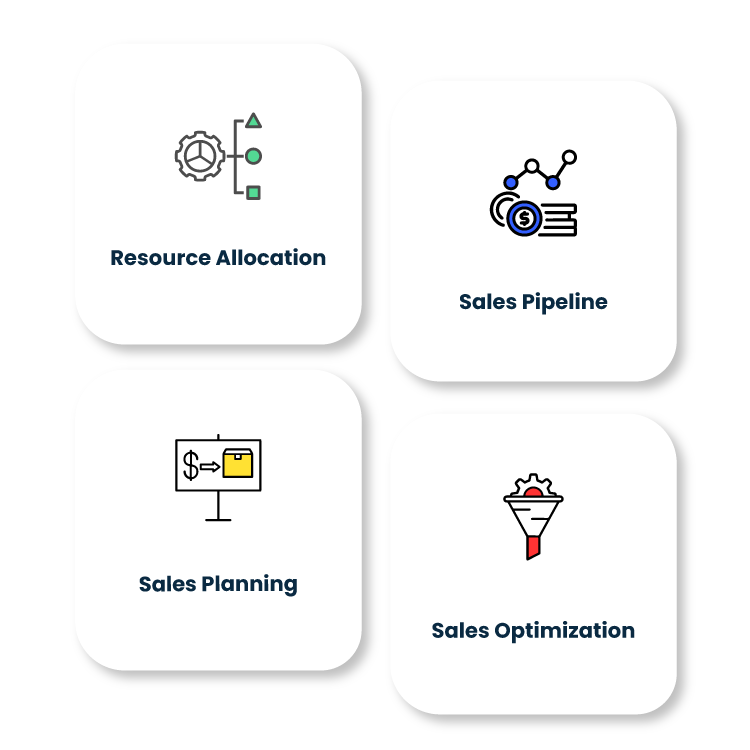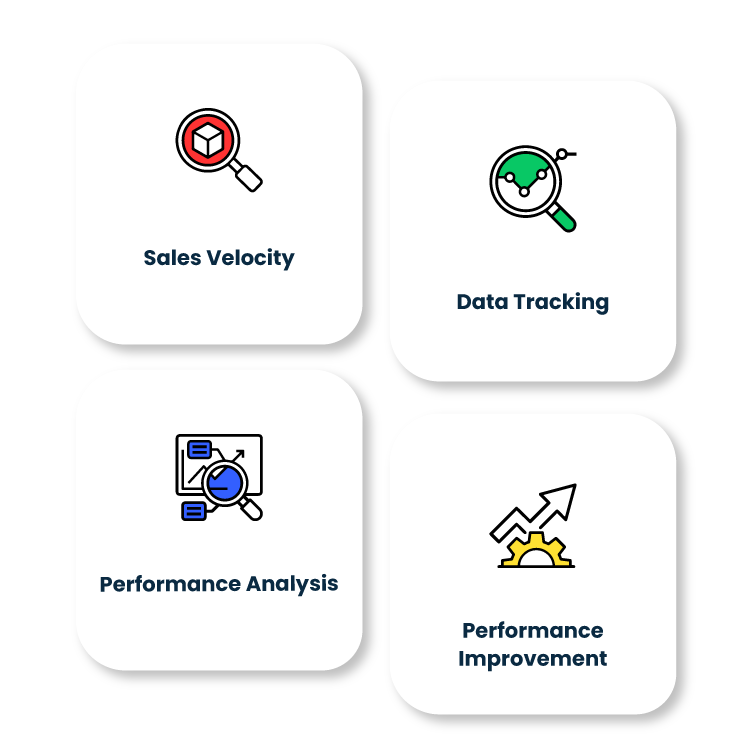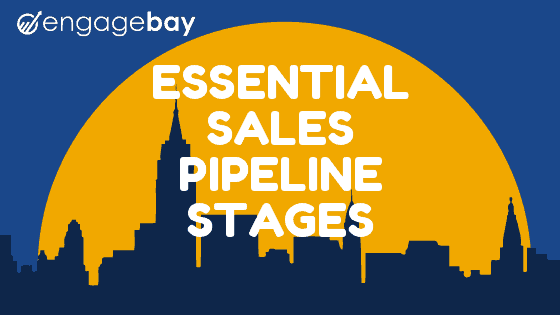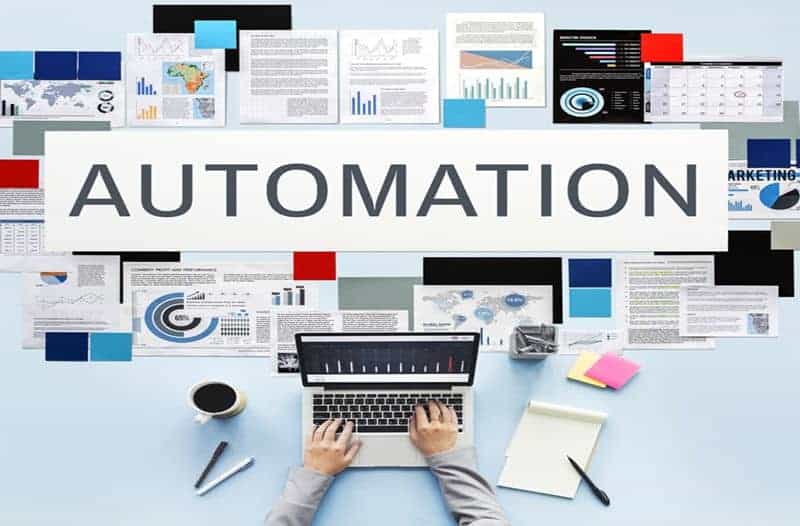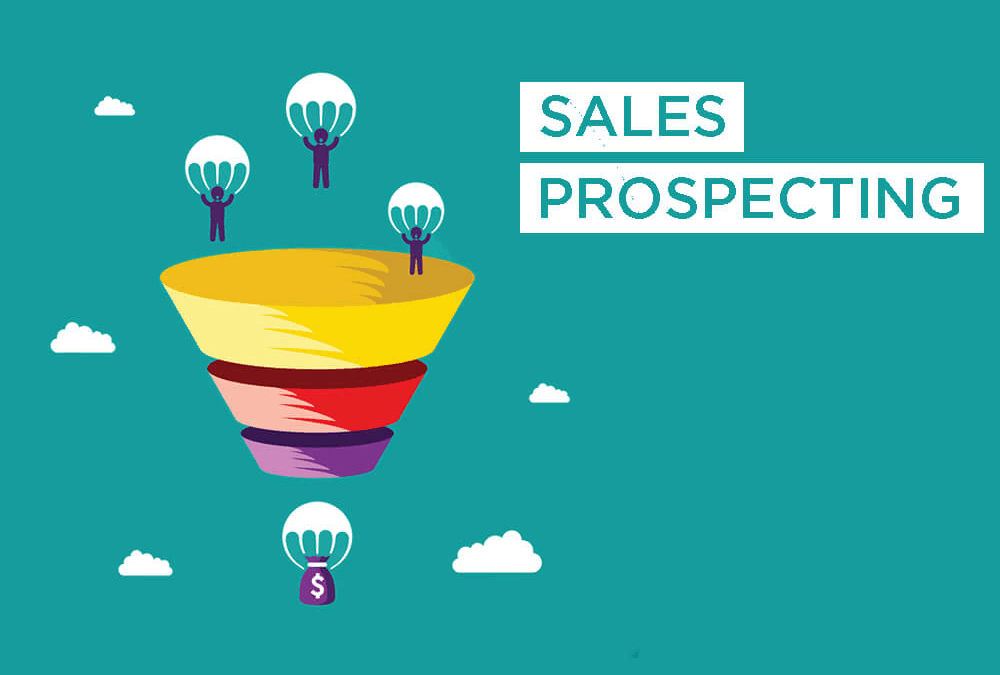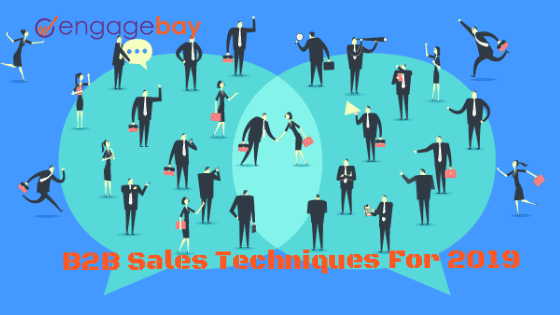ESSENTIAL SALES PIPELINE STAGES EVERY BUSINESS CAN USE
Now that half of the fiscal year is over, you’re probably in the stage of reviewing, maybe even updating the pipeline development methodology for your business.
From identifying new opportunities to delivering customer happiness
Sales pipelines enable a holistic view of every sales rep’s work activity, how close they are to their targets either individually, or at the aggregated team level. This information, once generated, makes it easier to make monthly, bi-monthly, half-yearly or annual revenue predictions. The knowledge of impending sales and realistic revenue projections is critical to all other departments of the company such as finance, Operations, and Manufacturing
WIth the knowledge and understanding of where your sales are at each pipeline stage for an individual customer or opportunity, you can plan out the optimum allocation of resources to help business objectives. Sales officers can identify which deals are priority, and whether or not they’ll need more resources
In order to successfully complete a stage in the sales pipeline and keep the opportunity alive, there are actions to be completed. The effective tracking of key metrics consistently enables sales managers to identify and address challenges for each rep so that the sales process is seamless.
Effective tracking of data will let you know whether it’s taking too long to move opportunities between stages. For example, suppose your annual sales goals per sales rep is $2,000,000. If only half of your sales team has reached $1,000,000 in sales six months into the sales year and the other half are lagging, it becomes imperative to look into individual performance, and take curative action based on the available data.
Obviously, as a business driver, you would like the number of opportunities to grow, and the dollar amount they generate to keep growing, as well. A sales pipeline shows you precisely when to expend less energy on certain opportunities, what to omit from the process, and which situations to proactively pursue











Want to learn more? Read our comprehensive blog posts
Now that half of the fiscal year is over, you’re probably in the stage of reviewing, maybe even updating the pipeline development methodology for your business.
As another calendar year reaches its end, you and your team will likely regroup to plan ahead for what comes next.
What drives a business? Sales, of course! So, it would seem obvious to spend a considerable amount of time formulating strategies to drive more sales. That is called ‘sales prospecting’.
Sales enablement is essential for boosting up the sales process and drive revenue by strengthening the sales team.
Now that we’re almost halfway through 2021, what is your company doing to meet its B2B sales goals? The midpoint of the year is the perfect time to sit down and analyze your sales techniques.
Every product, no matter how good, needs a sales pitch! A convincing appeal to be made in its favor so that a potential buyer becomes a sure shot buyer!
Got Questions? We are here to answer them
A sales pipeline is a detailed visual depiction of the stages of the sales process. It shows you at which stage your prospects are in the sales process. An effective sales pipeline will help sales reps and teams manage the often complex Know where you are on your targets processes necessary to close deals.
In a nutshell, a sales pipeline gives you a good idea about how many deals your sales team members are expected to close in a defined date range and where your sales reps are on their target journey.
For B2B sales, having a healthy sales pipeline helps you:
This is a no-brainer — businesses have no meaning in the absence of sales.
Irrespective of the size of a business, sales is its lifeline. The performance metrics of any business are solely dependent upon sales. Therefore, having an organized sales management system is crucial.
However, ill-organized sales management processes inevitably lead to erratic sales pipelines, obscure sales cycles, and undefined lead management – eventually leading to chaos.
It is therefore critical to empower sales teams with relevant tools to create an efficient sales management system. Sales management enables the enhancement of sales operations, and processes to meet sales objectives. On the other hand, sales pipeline management revolves around a single key element – the sales process.
New-age sales pipeline software systems such as EngageBay help you identify and monitor the number of open deals, the stage of each open deal, potential sales, distributed allocation of deals among sales reps, and more via visual sales pipelines.
The important thing about the sales pipeline is that if managed well, it directly results in increased revenue.
A study by Harward Business Review found that businesses having streamlined sales pipeline management had a growth rate of 5.3 on average (15% increase).
Even better, businesses that implemented three specific sales pipeline practices witnessed 28% higher revenue growth.
Moreover, HBR points out that those three practices are:
A typical B2B sales process will have these sales pipeline stages:
Deal created : An opportunity is determined with a warm lead, and a record is subsequently created. This is the first step towards a successful deal closure.
Trigger contact : At this stage, a sales rep undertakes contact with the lead to understand their business needs. This stage also allows you to align your business offerings against the lead’s requirements.
Schedule demo : the first contact, the lead may want to check out the product for themselves. Your sales reps can set up a product demo at the lead’s convenience (or set up a meeting).
Negotiation : the lead has shown interest in purchasing your services, you arrive at the negotiation stage. The basic elements for negotiation include price, services, conditions, etc. To make a winning sale, you can submit your proposal.
Won or Lost : The final stage in your sales process is where you register the outcome of your deal. If it’s all positively agreed upon between you and the buyer, you mark the deal as won. Otherwise, if the buyer is not ready to make the purchasing decision yet, you can categorize them as requiring nurturing and check back later.
A CRM with an effective sales pipeline management system such as EngageBay allows you to customize each stage based on your business needs and internal structure.
Easily integrate EngageBay with the tools you already love.
